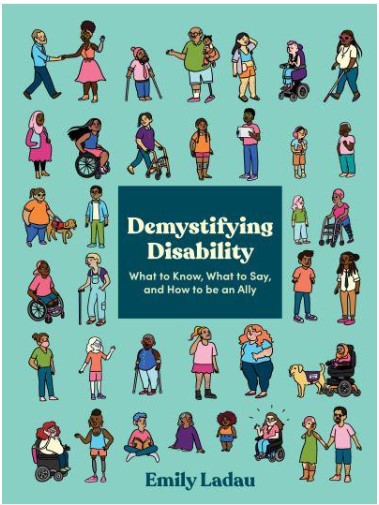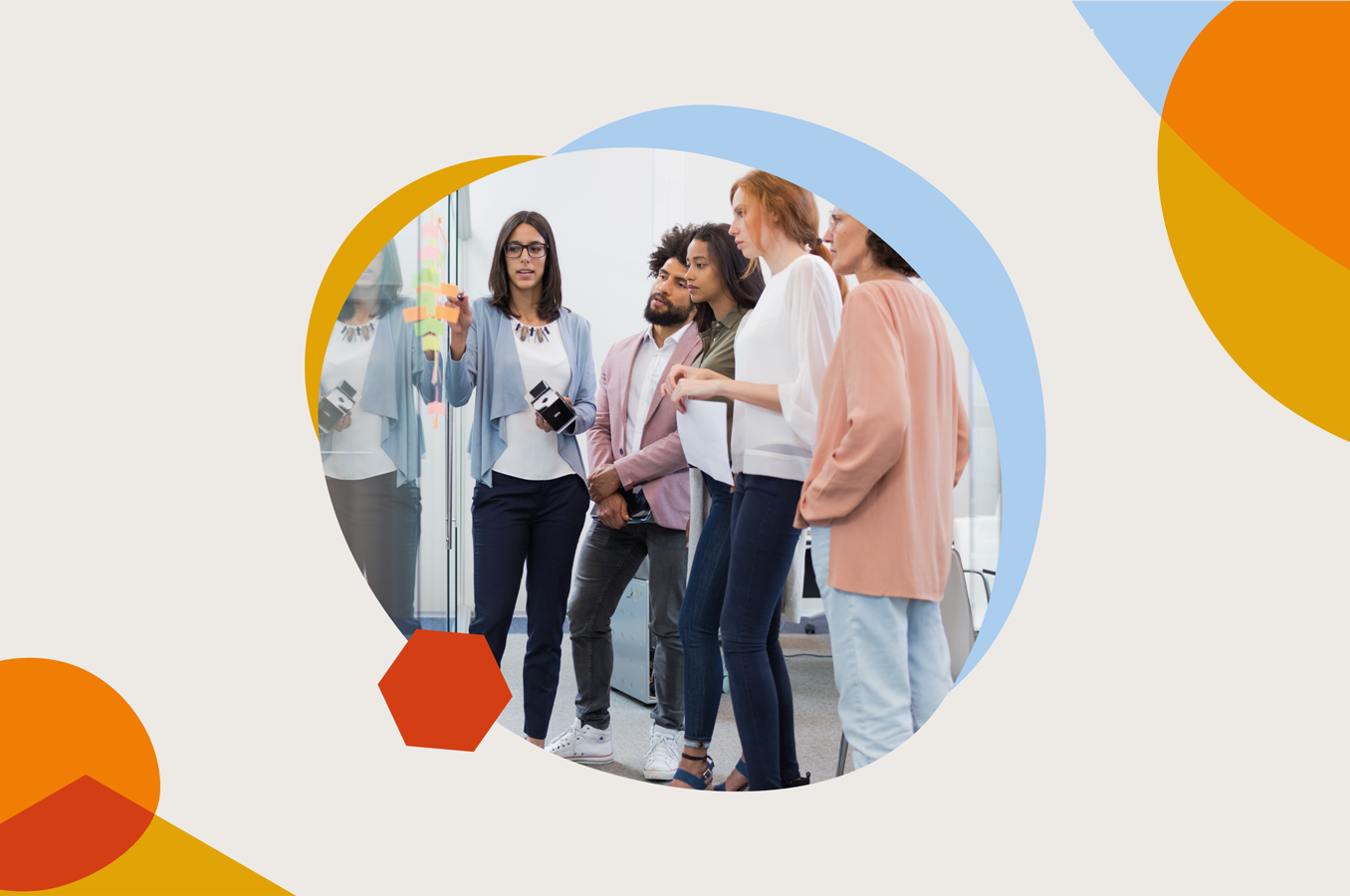I recently spoke with the disability rights advocate Emily Ladau for a Mind Tools Expert Interview, and she opened my eyes to the ableism that is all around us.
Only the other day I was on a busy train, with very few spare seats. One couple had a surprising amount of space, occupying a table for four, with their bags spread around them. I watched as passenger after passenger walked past that table, their eyes flicking away, rather than asking the pair to move their things.
And, this time, I wondered if it had anything to do with the fact that the man had dwarfism. Could this really be why no one sat with them?
Some ableism is systemic, like a lack of accessible infrastructure in schools, offices and transportation hubs. It can also be internalized.
We may talk over a neurodivergent colleague, mistaking a pause for the end of her point. Or avoid someone who looks different on a train, as I witnessed.
According to Ladau, this is about our perception of disability and disabled people – sometimes as superhuman, more commonly as subhuman. But we can change that.
Here’s what she told me, in our interview. (You can stream the audio clip below or download a transcript here.)
To explore these ideas, I’d recommend reading Emily Ladau’s book, "Demystifying Disability: What to Know, What to Say, and How to be an Ally." It’s a clear, nonjudgmental guide to helping make the world a more accessible and inclusive place.
The idea of "allyship" is central to this goal, but what does that really mean?

"We can very easily fall into the trap of looking at it as a title that we give ourselves," Ladau notes. "But… it’s really about taking meaningful action."
In fact, she suggests that we think of the word "ally" as a verb, not a noun, because it’s about doing things, not just talking about it. We should actively educate ourselves, with an open mind, and learn about experiences beyond our own.
Part of that is recognizing that every disabled person is an individual, with a host of different characteristics and support needs. Or, in Ladau’s words, "If you’ve met one disabled person, you’ve met one disabled person."
If we don’t focus on the individual, we can make all sorts of wrong assumptions that can end up causing problems. We might think we’re being an ally by steering a blind person across a road, or pushing someone’s wheelchair up a slope. But if we’d just asked that person, we might have discovered they didn’t want that. And they may have needed something else.
So the action allies take must be collaborative, not well-meaning gestures they impose on a person or group. As Ladau points out, doing something for disabled people and working with them are two very different things.
"In one, you are essentially erasing the very person who you’re claiming to advocate for, whereas when you’re doing things side by side, what you’re doing is you’re amplifying the perspective of the person who you’re trying to be an ally to. And I think it’s essential to recognize that difference."
It’s a mindset shift that can only happen through open conversation.
As someone who "navigates the world on wheels," as she puts it, Ladau has had a lifetime of dealing with ableism. I’m still thinking about a particular example from her book – it encapsulates a lot of the issues she’s working to change...
When Ladau was at college, a resident assistant in her dorm was running a disability awareness event. Did this person invite Ladau along to talk with participants about her life on wheels? No. Instead, they asked to borrow Ladau’s wheelchair, so that participants could use it to go around an obstacle course they’d set up in the lounge.
What was Ladau supposed to do while her expensive mobility equipment – her only means of getting about – was being used like a toy? She declined the request, saddened by this missed opportunity to engage with and educate nondisabled people about her experiences, herself.
“I remember feeling like less of a person in that moment,” Ladau writes.
"I remember feeling like less of a person in that moment."
Ableism makes people feel like that, as well as causing numerous practical and logistical problems for disabled people as they go about their day-to-day lives. Allies can help change that, person by person, moment by moment.
In the workplace, managers can be allies by “creating an environment where people feel safe and welcome to show up as their whole selves at work and to be open about their disability experiences... giving people the space to speak up for what they need to thrive.”
But Ladau concludes, "I want people to understand that allyship is very much a journey and not a destination.
"You can listen to a podcast episode, you can read an article, you can watch a documentary, you can attend a webinar or have a conversation with a disabled person. But that doesn’t mean that you stop there.
"My best advice is to keep learning, to keep going, to seek out new resources and new ways to learn and new ways to engage."
You can listen to my full 30-minute interview with Emily Ladau if you're a Mind Tools Club member, or a Mind Tools for Business licensee. You'll hear about her time on iconic children's TV show "Sesame Street" and how being disabled cuts across all other identities. As ever, the audio comes with a full transcript.
If you're not already signed up, join the Mind Tools Club now to gain unlimited access to 2,400+ resources, including our back catalog of 200+ Expert Interviews. Or find out more about Mind Tools for whole organizations, big or small, by contacting our enterprise team.
Meanwhile, catch more excerpts and insights from my guests by searching the Expert Interview blog topic and by signing up to the new Mind Tools Expert Voices podcast.

"It started with an ice-breaker. I found myself face-to-face with the head of the whole company. And as I started answering the question, I began to cry, right in front of him. " Melanie Bell
Book Insight, Communication, Mental Health, Stress, Wellbeing
"For some people, anxiety is a constant companion, even in situations where there’s no obvious reason for it. And it often goes hand in hand with a desire to achieve."
What does identity have to do with resilience? We look at Mark Manson's Law of Avoidance and find out how it can change your approach to resilience.